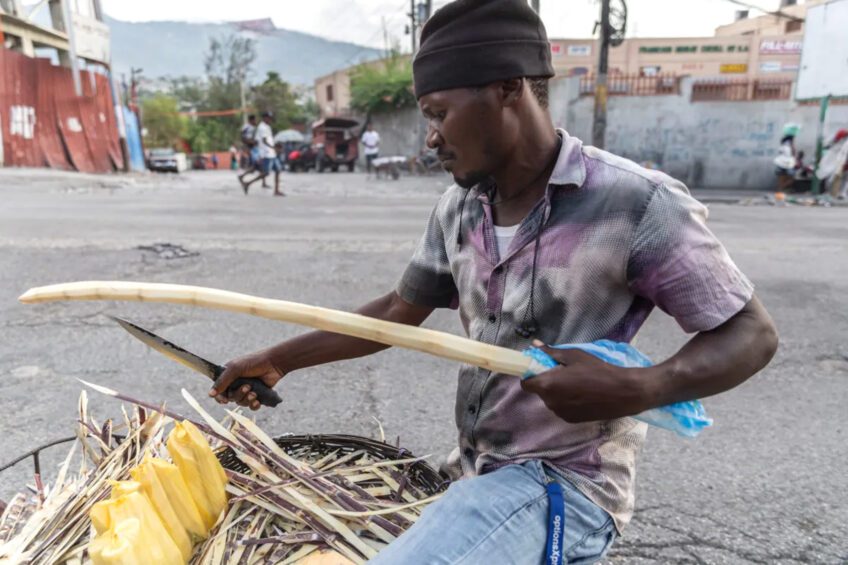Teacher Appreciation Week was bittersweet. There is much to celebrate at our high school. Our faculty currently has the highest amount of National Board Certified teachers in the city of Boston, three Boston Educators of the Year, four teachers who co-authored the city’s English Language Learners’ curriculum, a winner of the prestigious Shattuck Award, and a recent 2018 finalist for Massachusetts Teacher of the Year. Every day there are several staff members lined up at 6 a.m. waiting for the building to open. Our teachers regularly go beyond their classrooms to organize winter clothing drives for our immigrant students, many of whom do not yet own winter clothing, and create multicultural student groups to celebrate inclusion. Our teachers are heroes. Yet, at the beginning of the school year, my colleagues and I were told that almost all of us were losing our jobs when our school entered turnaround status.
Turnaround schools are intended to accelerate school improvement through a menu of strategies. However, our state’s accountability system disproportionately places schools serving high levels of English Language Learners, special needs students, and over-age students in turnaround status. While turnaround status provides schools serving vulnerable populations access to resources, resources typically arrive only after a school underperforms. And even then, this is not always the case, as Brighton High School will actually have their budget cut next year. In addition, the disruptive nature of the turnaround process can further stress schools already struggling to meet students’ needs.
For example, at my school, the incoming team of educators will be required to make 70 hiring decisions in a very short period of time, while simultaneously orienting themselves to a new school and community, and creating a strong vision to push ambitious goals for student achievement. This rapid transformation can make it difficult to create a vision that meets the unique needs of the students it serves and to create buy-in within the school community to ensure a smooth and faithful implementation of that vision. Upending a school in this way can be destabilizing for students and the school community, which is why we should think long and hard before reaching the conclusion that a turnaround is the only solution. What if, for example, we provided schools serving vulnerable populations with proactive supports? In the case of my school, this would have allowed us to capitalize on our talented staff and the progress we have made in recent years, rather than potentially squandering our greatest strengths.
To prevent turnaround status, the state should provide schools serving high-need populations with intensive academic programs that match their needs. At our school, we have a population that is 41 percent English learners and 25 percent special needs students. These numbers are staggering, especially when compared to other schools within our district. In addition, many of our English learners have recently arrived to the country and have significant gaps in formal education. They are often older than a typical senior in high school, but have the credits of a ninth grade student. While a majority of our students are high needs, the structure of our school is geared primarily toward an average student profile. When schools serve a disproportionately high population of at-risk students, the curriculum must be tailored to help them make needed leaps in academic gains from year to year.
Our students are capable of high achievement, but the district must support their teachers in bridging wide achievement gaps. Teachers at our school work tirelessly to compensate for the gaps in resources and structures necessary to meet the needs of our students. Our team is incredibly talented, but we face difficult challenges every day. A system that predictably identifies schools serving vulnerable populations of students is inequitable. Rather, students and teachers working in high-need schools should greater, targeted support. Firing and devaluing teachers who share the goal of student achievement is no path to equitable outcomes for students. The state’s turnaround system must be improved to consider the complex nature of our student populations. Since we can reasonably predict the schools eligible to enter turnaround, it is our responsibility to proactively ensure they are set up to succeed.
Matthew Clark is a history teacher at Brighton High School and head coach of the Brighton High School’s wrestling team.






